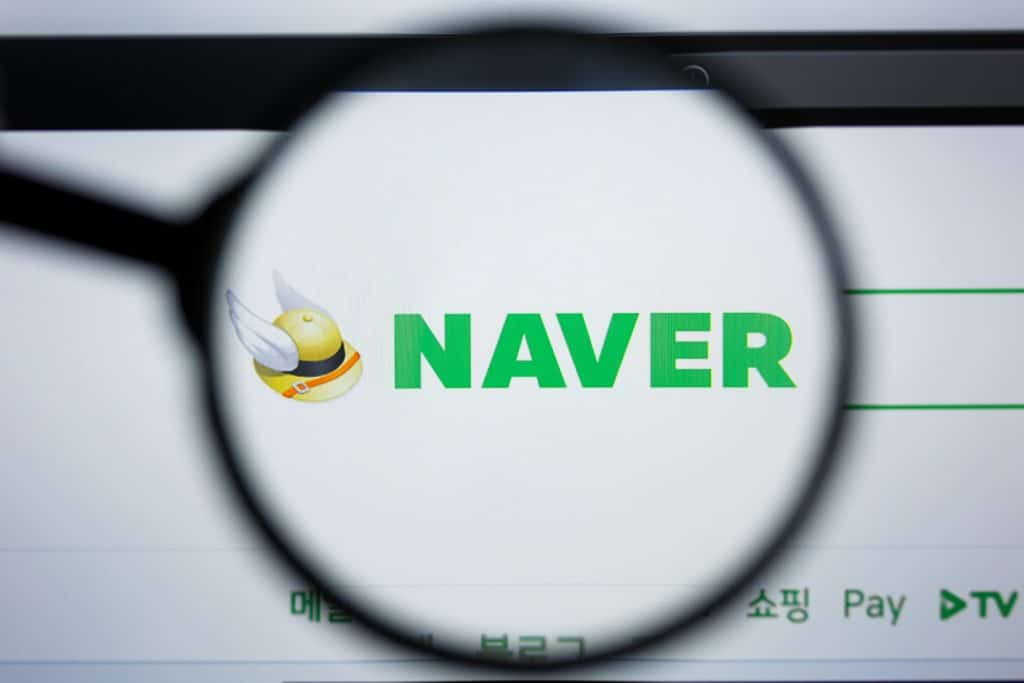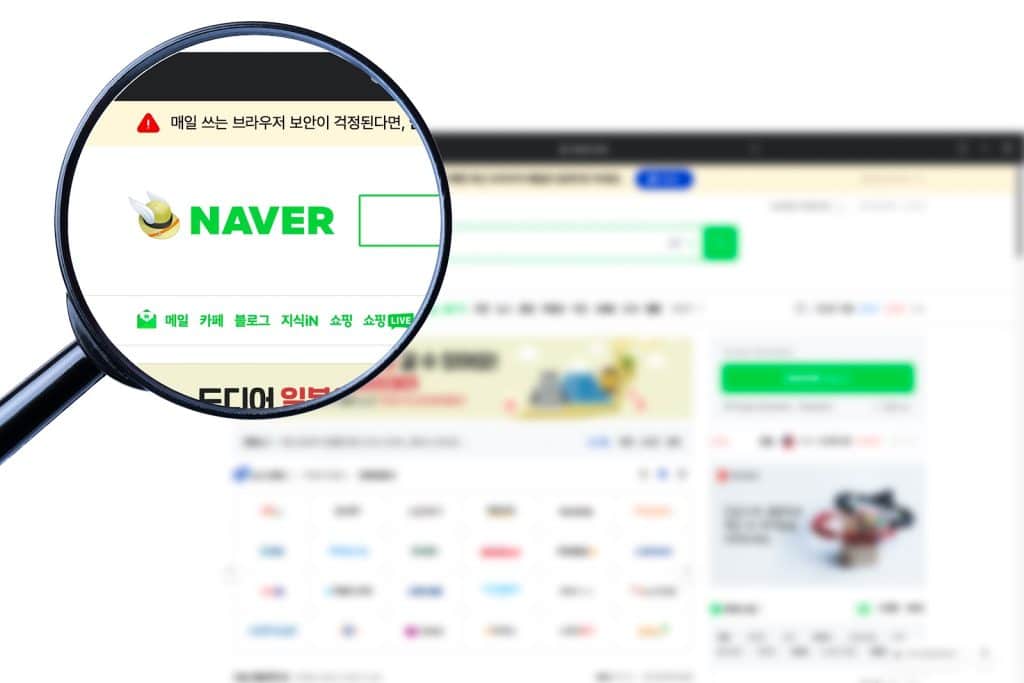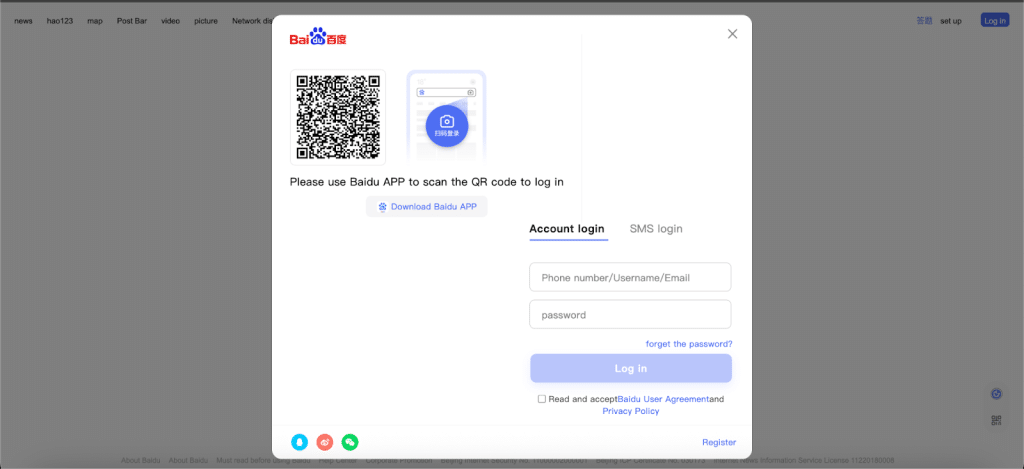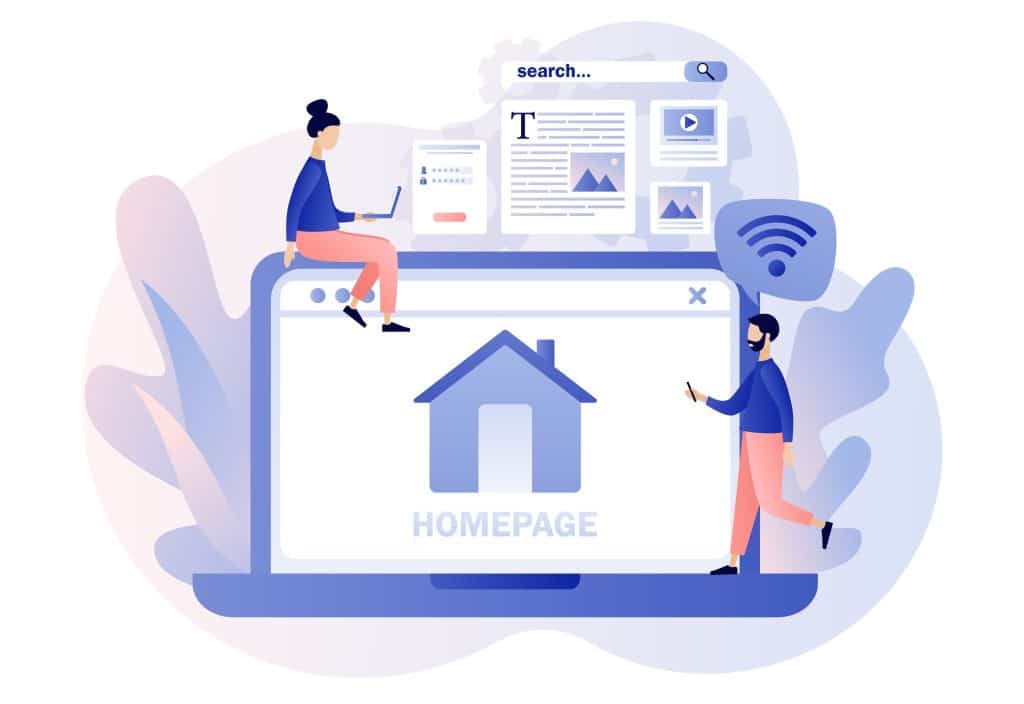Smarter web development: Low-code vs no-code for casinos
The rise of low-code no-code development tools has changed the way software gets built. Instead of relying on heavy coding, teams now use application platforms that blend visuals, templates, and automation features to speed up work. This shift has introduced faster ways to design tools, dashboards, and even sites for industries like online casinos.
As digital transformation speeds up, the dilemma of low-code vs no-code shapes how casinos manage growth. Both options offer quicker application software delivery, cost savings, and a stronger business transformation. However, the right choice depends on the level of control or freedom your enterprise needs. Learn about these software development tools to see which one fits your business best.
What is low-code?

Low-code is a software development model that reduces the need for coding without removing it. It uses a visual interface to design apps, often with drag-and-drop features, while still letting users use custom scripts. This balance makes it ideal for businesses. It’s fast to deploy, but still open for more skilled input when needed.
Low-code development is designed for both IT specialists and business users (or citizen developers). It enables teams to create apps that support scalability and integration within larger business systems. Instead of building from scratch, you work with modular parts that can be tuned with code if needed.
It works just like getting your morning brew from a smart coffee machine. First, you choose the drink from the visual panel, and the machine links it to water and beans through a built-in integration. With one press, it brews, and your coffee is ready. In practice, low-code development is just the same: a developer designs the app, links it to the backend database, tests it, and then deploys it in just a few clicks. It gives enterprise software development both speed and flexibility.
What is low-code development?
Low-code development is a simplified way of building software through a platform that mixes visual build tools with little to no coding. Instead of writing thousands of lines of code, you can work with pre-built elements, such as forms, dashboards, and login systems. This makes it ideal for complex projects that still need custom features and strong performance.
With a low-code development platform, you can arrange layouts using drag-drop interfaces and ready-made templates. Optional codes can then be added for advanced features. It’s key to rapid application development (RAD), where apps scale faster and more efficiently. It’s like when you use a power tool instead of a hand tool when building furniture.
How low-code development works
Low-code development functions through a set of structured steps that make it easier to design apps with speed and control. Each step follows a clear path, pre-set workflow, and automation, while still leaving space for custom codes. It’s like working with Lego sets. You snap pre-made bricks together (drag-drop elements), but also get a few custom pieces made (coding) when the theme you’re going for needs it.
In brief, here’s how the process often works:
- Assess the app requirements - First, you must define what your web application needs to achieve. Set the purpose, target users, and key features of the app. This step sets the scope for the module design and ensures the build matches your needs.
- Design the user interface - Use a visual editor to design your app’s user interface. The goal is to create a clear and intuitive layout focused on usability and engagement, with your target users in mind. Prototypes and mock-ups are often used here to refine the look before developing.
- Visualise data - You can also add charts, dashboards, and reports to bring data to life. Most users love visuals, and this step boosts interaction. Say, in a casino setting, this could mean showing real-time stats on player activity or top winners on a game.
- Connect APIs and third-party services - You can link the app to external tools like payment gateways or login systems. Some platforms even let you merge your websites. A low-code platform makes these connections much easier, with ready-made API connectors to automate the process. These act like a bridge that lets two apps talk to each other.
- Add custom code where needed - While much of the work is visual, you can still add custom code for advanced features. This allows you to fine-tune workflows or enhance the design that the pre-built options don’t have.
- Test the app - Before launch, these apps go through checks for usability, security, and performance. Even with pre-built blocks, quality analysis is vital to ensure the app works under various conditions. It’s a crucial step to see if the app is stable and ready to scale.
- Deploy the final product - Once tested, apps are deployed live on the chosen platform. At this point, version control (or software versioning) ensures each update rolls out smoothly.

What are the pros and cons of low-code?

When speed matters, low-code gives you a fast way to launch apps while keeping quality in check. It opens the door for businesses to innovate without draining time or budget. However, like any method, it comes with both strengths and drawbacks that affect long-term use. Even for large enterprises, such as online casinos, they must be aware of these trade-offs.
Here are the core low-code benefits and some common disadvantages of low-code no-code platforms to consider:
Pros
- Speed and efficiency - One of the biggest advantages of low-code no-code is how it can cut development timelines short. Using drag-drop tools and pre-built modules, apps can move from an idea to launch in weeks.
- Cost-effective - Low-code also offers a more cost-effective way to handle software projects. By cutting the hours one needs for manual coding and offering ready-made elements, teams reduce upfront costs. It also lowers any maintenance costs, as updates and fixes can be rolled out through the platform rather than rewriting scripts.
- Flexible and scalable - Compared to no-code, low-code offers a larger room for customisation. You can add custom code while still using the platform’s elements, which gives you control over the project. At the same time, scalability ensures that the apps can grow with user demand without an overhaul.
Cons
- Customisation limits - While pre-built modules and templates make the builds easier, they also add limits. Projects with unique or complex requirements may find low-code restricting. The platform’s one-size-fits-all model may not support features you need.
- Not always beginner-friendly - Low-code is not entirely free from coding. Beginners or non-technical users may find the tools harder to use, which can reduce efficiency for teams with little IT support.
- Learning curve for developers - Adapting to a low-code platform may also take time for developers who are used to classic coding. Each platform comes with its own tools, modules, and rules that can slow down the adoption.
What is no-code?

No-code development is an approach that removes coding in the software building process. It allows non-technical users to create apps and workflows without writing a single line of code. Instead of programming languages like Java or C++, you only use drag-drop tools and templates.
No-code platforms work best for straightforward tasks that need quick results. For instance, a user can design a dashboard to pull data from a system or set up an event entirely from a visual dev interface. Most platforms are hosted in the cloud, though some support self-hosted options that run directly on a web browser.
The main difference between low-code and no-code is simple: low-code still involves some code, while no-code skips it entirely. To imagine it better, think of app building like cooking from scratch. Low-code is like adding your own seasonings to pre-made ingredients, while no-code is closer to simply assembling a meal kit that’s ready to serve.
What is no-code development?
If no-code is the approach, no-code development is the actual process of building apps or websites without any code at all. You use drag-drop elements, templates, and pre-built functions to design your app. Everything is handled through visual tools that make it easy for users to bring their ideas to life. No-code is also built for simpler apps and tasks. Say you want to set up a form, a workflow, or even mapping data in a graph. It’s a practical option when you need quick outputs without deep technical knowledge.
How no-code development works
No-code development works by offering a whole service hosted in the cloud. This service includes an app-building space, a runtime for published apps, and user accounts for creators. In practice, apps are built through visual tools and arranged on a canvas. Once deployed, the final app is accessed through a URL and may resemble a mobile app when opened on other devices.
Before you start a project on a no-code development platform, get to know the key elements you can use:
- User-friendly interfaces - No-code platforms thrive in an easy-to-use canvas, where you can place and adjust app elements. With drag-drop features and WYSIWYG editors, you can easily build software without any code.
- Templates and pre-built features - Most platforms also have a template library for various layouts and app types. These not only save time but also give your project a polished look. They often come with logos, colours, and a branded design as well.
- Modules for advanced tools - Beyond basic apps, no-code platforms also provide modules for advanced tasks. These might cover elements such as graph displays or even chatbots powered by AI. Such functions help you make the most from what a ‘no-code’ tool can offer.
- Automation for everyday tasks - Built-in automation features cut down on repetitive tasks. With a few clicks, you can set up an approval process, task assignments, or alerts with ease. It also reduces any human or coding errors while boosting work speed.
- Custom reports and dashboards - With a no-code platform, you can also design report dashboards that display real-time data from multiple sources. This makes tracking performance a lot easier and supports better decision-making.
- API and third-party links - Most platforms allow for smooth integration with other systems through an API or pre-built connectors. Now, you can add payment gateways, login systems, or CRM software to your app. However, you can also double-check, as deeper system integration often needs low-code.

What are the benefits and drawbacks of no-code?

No-code appeals for its balance of accessibility and speed, which makes it a practical option for teams with no coding backgrounds. Still, these benefits come with certain limitations, mostly around customisation. Below are the main benefits and drawbacks of no-code you might weigh first before adoption:
Benefits
- Ease of access - With intuitive tools in no-code, almost anyone can build apps regardless of coding skill. This lowers the barrier and empowers business users to design their projects directly.
- Quick launch - No-code projects can now be done in weeks instead of months. A much simpler app might even be built in a single day or within hours, depending on scope. This rapid speed makes it an ideal choice for teams that need quick turnarounds.
- Lower costs - Subscriptions to these platforms can be more cost-effective than hiring a full development team. Some even come in bundles with software licences that lower the need for extra costs.
- Flexible use cases - Despite being simple, these tools offer a wide range of functions. Apps can scale to hundreds of users, thanks to being hosted in the cloud. This flexibility allows a business to handle diverse needs in one platform.
Drawbacks
- Limited customisation - While fast and simple, templates and pre-built features limit how much you can customise. Projects with complex needs may struggle with limitations in specialised features. This is one of the key disadvantages of low-code no-code.
- Performance and speed trade-offs - Since the platform auto-generates background code, apps may run slower or less smoothly. For small-scale internal tools, this is rarely an issue. However, for complex and high-traffic apps, better scalability and tighter code control may be needed.
Key benefits of both low-code and no-code
Both low-code and no-code share clear advantages that can help you finish a project faster. These approaches cut down build time, lower costs, and take too much pressure off your dev teams. They also work best when you need rapid-deployment for apps, dashboards, or workflows since you do not need to wait for months.
Before looking at their differences, here are the main no-code and low-code benefits you can get from both platforms:
Rapid Application Development (RAD)
Both platforms reduce the need for manual coding, which makes it possible to launch a new app in days or weeks. For projects like those in online casinos, the value is in how quickly ideas can be turned into action. You can test ideas, build a prototype, and adjust based on feedback with ease.
Power for non-coders
Low-code and no-code open the door for non-technical staff to take part in app building. This can boost efficiency, reduce cost, and foster collaboration between teams by bridging business and tech needs.
Intuitive UIs
Drag-drop tools, forms, and template-based development make app-making a lot simpler. These tools pair with automation features, allowing you to speed up the process while keeping the design user-friendly.

How does low-code differ from no-code?
At first glance, you might get confused between low-code and no-code since they both share similar design and visual tools. However, if you dig deeper, the main contrast lies in how much you need to code, if you can customise, and UI control, among others. To help you better understand, find the key differences between low-code vs no-code below:
| Category | Low-code | No-code |
| Users | Developers and IT teams | Business or non-technical users |
| Goal | Balance speed and flexibility | Build simple apps fast |
| Coding need | Minimal coding for advanced tools | No coding at all |
| Customisation | High customisation options | Limited to set templates |
| Purpose | Good for complex apps | Best for small tools and workflows |
| Complexity | Can handle advanced logic and integration | Works for simple apps only |
| Costs | Works well for teams with existing developers | Saves time for IT teams with too much work |
| UI control | More control, better performance | Basic layouts, fewer design choices |
| Hosting | Can be local or in the cloud | Often cloud-based, easy to access |
Choosing between low-code and no-code for casinos

Modern tech shifts are reshaping how online casinos operate, and picking the right approach plays a big role in this. Both low-code and no-code support growth, yet each carries its own risk, budget, and compliance requirements. For casinos, the decision depends on whether you want to focus on speed, control, or the ability to scale.
You can opt for low-code when your casino needs complex tools that can grow and connect to CRM, databases, or APIs. These give you visual builders with pre-built components, while still allowing you to code if needed. It’s a solid choice for large-scale online casino development, where security and long-term scale are vital.
On the flip side, you can go for no-code when the goal of your casino project is speed. These tasks can be like setting up a landing page or a quick dashboard. A no-code platform uses drag-drop tools, so you won’t need any tech skills to build them. Whichever you choose, it is best to check the platform’s compliance and security policies. Most don’t cover any standard gambling rules by default.
Low-code and no-code tools for supporting casino operations
The true value of low-code no-code development lies in the tools you can use to streamline workflows. Modern application platforms let casinos manage the reporting, marketing, and daily tasks without building from scratch. Going for an enterprise-grade platform ensures strong system integration and scalability. This makes these models a practical fit for support roles rather than wagering engines.
Check out some trusted and well-known platforms:
Low-code platforms to check out
- Zoho Creator - This platform lets you design apps for reporting or staff tasks with no coding and with the help of AI. It can help your casino speed up workflows even with external apps.
- Kissflow - Kissflow is a work management tool that can speed up routine work, like requests and approvals. As a high-compliance platform, it can help casinos stay secure while making daily jobs faster.
- Budibase - This one is an open-source tool for building custom apps such as dashboards. It can give casinos dynamic system integration options and strong scalability, ideal for linking data across various tasks.
No-code platforms you can use
- Zapier - This platform can link apps together to cut out manual work. It can help your team set up quick links for CRMs, emails, or reports that also reduce errors while you save time.
- Airtable - Airtable is a no-code database where you can create custom and collaborative apps. It’s a powerful tool that can help teams build workflows to make data more actionable.
- Webflow - This platform is ideal for building sleek casino websites or promo pages. Beyond basic no-code, it also offers advanced web design and hosting options with its AI-native feature.

Power casino growth through the right tools with QWERTYLABS
Choosing between low-code vs no-code all boils down to your needs. Low-code is for those who want more room for scale and depth, while no-code works best with those who need quick tools. Still, each path can shape better online casino development and help you stay ahead of market shifts.
At QWERTYLABS, that choice comes with more power. We help online casinos turn their ideas into real gains. Our services span web development, SEO, and content marketing, so your platform grows with speed and trust. Contact us at QWERTYLABS today to start shaping tools that scale, market smarter, and keep your platform strong.
Frequently Asked Questions (FAQs)
What is a low-code no-code platform?
A low-code no-code platform is a tool that builds apps with little to no coding. It helps businesses develop systems faster without the need for full developer teams.
Why are low-code and no-code platforms becoming popular?
Saving time and money are only a few key benefits you gain from adopting these platforms. They also allow both developers and non-tech users to create useful tools with ease.
Can low-code platforms be used without any coding?
Low-code platforms may still need small coding inputs. These are often for advanced functions or complex project needs.
Can non-technical users build apps with no-code platforms?
Yes. No-code platforms are designed for users without coding skills. They use visual tools, drag-drop features, and pre-built templates to create apps.
Are templates available in no-code platforms?
Yes. Templates help non-technical users quickly build applications.
Can low-code platforms be used for internal operational tools in casinos?
Yes. They are effective for dashboards, reporting tools, and internal workflows.






































